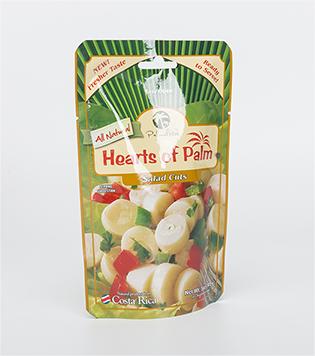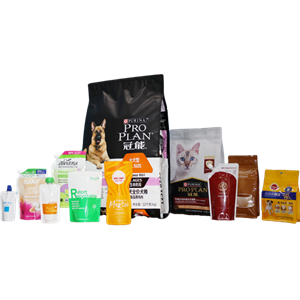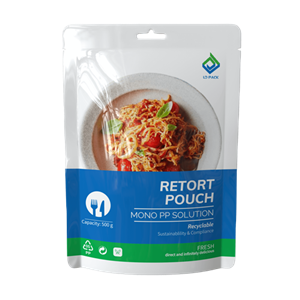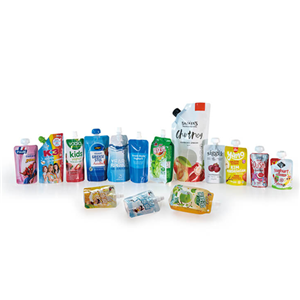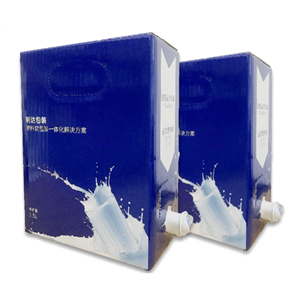Retort Technique
In the process of food production and processing, there are always two cooking processes, namely high temperature and high pressure sterilization and low temperature atmospheric pressure sterilization. Low-temperature sterilized meat products have a low heating temperature and the fiber of the food is not destroyed, so the taste is fresh and tender, and various nutrients are well preserved; but because it only kills pathogenic bacteria, there are still a large number of spoilage bacteria, not only the shelf life is short, And it is very easy to cause loss in the circulation field. High-temperature sterilized food shrinks excessively due to high heating temperature, and the taste is not as good as low-temperature sterilized products, but because it kills all bacteria and eliminates the internal cause of corruption, it can greatly extend the shelf life.
Retort is a thorough sterilization process, which is widely used in the disinfection treatment of meat, soybean products, some medical supplies and pharmaceutical injections. The temperature range of retort sterilization is generally between 121 and 135°C. At present, there are also researches on flexible packaging materials that can meet ultra-high temperature sterilization at 145°C. Research data shows that under the condition of 145°C, as long as the treatment time is kept for about 3 minutes, the heat-resistant spores of botulinum can be completely killed, and the resulting composite flexible packaging materials have also been widely used. The structural design of composite flexible packaging materials should meet the technical requirements of retort sterilization. Usually, many factors must be considered. In addition to ensuring the function of the packaging material in the production process, more consideration should be given to the requirements of the contents, while taking into account the sterilization treatment. The influence of the process conditions, circulation storage conditions and sales and use links on the performance of packaging materials.
